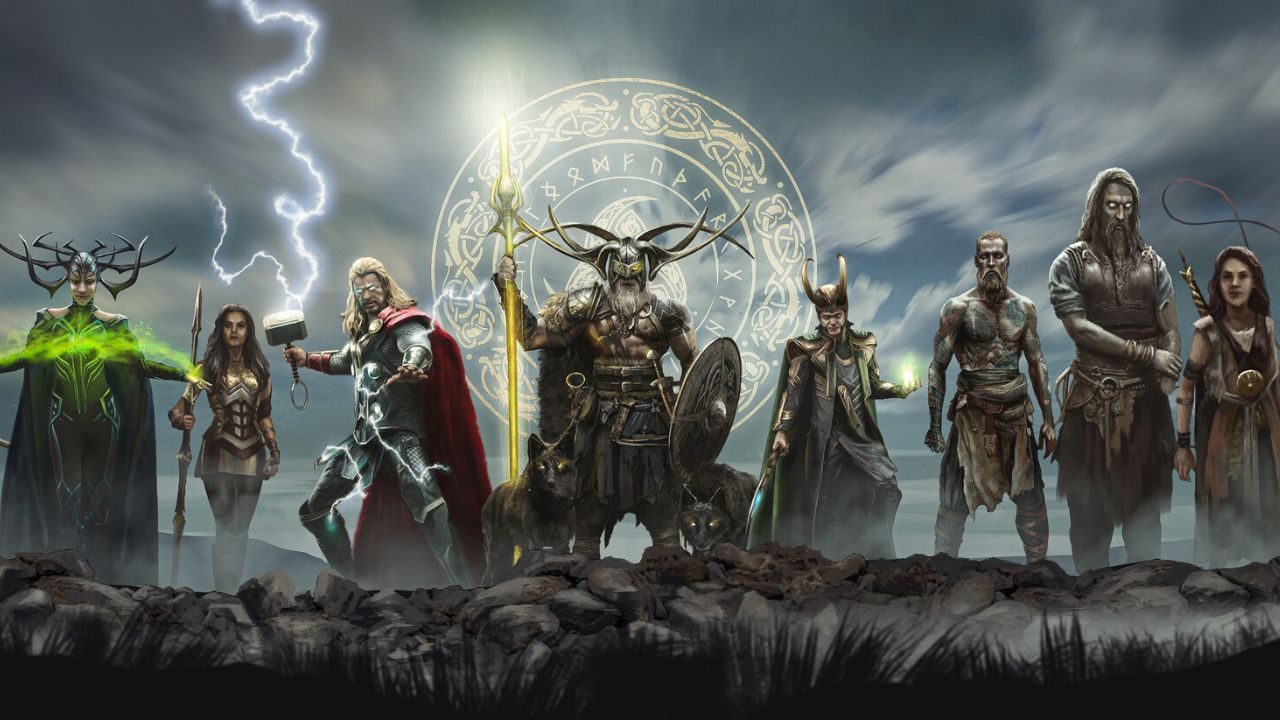Famous Myths and Legends Associated with Solar Eclipses

Solar eclipses have long captivated human imagination and have been the subject of countless myths and legends across cultures. These celestial events, where the moon briefly obscures the sun, have inspired awe and sometimes fear. The following explores three intriguing myths associated with solar eclipses, each providing a window into the cultural significance and interpretations of this celestial dance.
Solar Eclipses: A Tapestry of Cultural Interpretation
Before delving into specific myths, it’s essential to understand the role of solar eclipses in the human experience. Eclipses occur with a certain regularity, yet each one is unique, offering a brief moment of cosmic theater that has been observed and recorded by humanity for millennia. From a scientific viewpoint, eclipses are a natural phenomenon caused by the alignment of the sun, the moon, and the Earth. However, the phenomenon holds diverse meanings for different cultures, ranging from celestial omens to mythological tales of cosmic conflict.
Solar eclipses are not only scientifically significant but also deeply embedded in the cultural fabric of societies worldwide. They provide a canvas upon which human imagination paints stories that reveal a culture’s belief systems, values, and fears. The universal experience of witnessing the day turn to night has spawned universal tales that are weaved into the mythological and historical narratives of various civilizations.
Despite the variations in stories, there is a unifying theme of celestial awe and the struggle against darkness, elements that are evident in the myths and legends surrounding solar eclipses.
The Myth of Rahu and Ketu in Hindu Cosmology

In Hindu cosmology, the solar eclipse is explained through the myth of the demon Svarbhanu, also known as Rahu, and his counterpart Ketu. According to the legend, the gods and demons churned the ocean to gain the elixir of immortality. When the elixir emerged, Vishnu took the form of Mohini, a dazzlingly beautiful woman, and began distributing it to the gods. However, Rahu, a demon posing as a god, partook in the elixir. When the sun and the moon, two attendants of Vishnu, discovered Rahu’s deception, they informed the deity. In a swift act, Vishnu threw his discus and beheaded Rahu. The elixir had already been consumed, granting Rahu immortality, but his head was separated from his body.
Rahu’s decapitated head continued to follow the sun and the moon, and thus, during a solar or lunar eclipse, it is said that Rahu consumes them as an act of cosmic revenge, resulting in the temporary darkness that characterizes these celestial events. The struggle of Rahu and Ketu against the celestial bodies reflects the eternal battle between good and evil, light and darkness.
This myth, with its rich imagery and symbolic significance, underscores the Indian tradition’s reverence for cosmic forces and the eternal cycle of life and death. It also serves as a potent metaphor for personal transformation and the karmic consequences of one’s actions.
The Vikings and the Wolves of Ragnarök

For the Norse, solar eclipses were woven into their apocalyptic tale of Ragnarök. This end-time scenario featured the cosmic wolf Skoll, who chased the sun, and his brother Hati, who hunted the moon. When the appointed hour arrived, the wolves would finally catch their prey, signaling the fall of the heavenly bodies and plunging the world into darkness. During such a “Wolf Time,” known as “úlfheðinn,” warriors would prepare for battle, believing that during this period, the boundaries between worlds were thin, and they could harness the powers of darkness for victory.
The mythic aspects of the solar eclipse for the Vikings are a reflection of their complex relationship with the natural world, where the primal forces of nature and the human experience were intricately entwined. The eclipse represented a time of upheaval when normal rules no longer applied, and the narrative was upended – akin to the transition from one phase of existence to another. It also underscored the reverence for the sun and the moon as deities and the cyclical nature of time, where even the most powerful forces can be overcome.
The Serpent Swallowing the Sun: A Mesoamerican Solar Eclipse Legend

From the rich cultural tapestry of the Maya and Aztecs comes the myth of a cosmic serpent, variously known as Xiuhcoatl or Cipactli, who would periodically attack the sun, usually in the form of a dragon or serpent deity, and temporarily plunge the world into darkness during a solar eclipse. These Mesoamerican cultures associated the sun with powerful gods such as Huitzilopochtli and Kinich Ahau, and the threat of an eclipse was viewed as an ominous occasion requiring rituals to fend off the celestial beast.
The observance of solar eclipses and the myths surrounding them were of utmost significance in Mesoamerican society, impacting everything from religious practices to political decisions. The anticipation of an eclipse could even delay wars, as it was believed that the usual protections of the sun, the patron of the Aztec people, were temporarily stripped away during this period.
This myth is replete with cultural symbolism and can be viewed as a representation of the ever-present struggle between the forces of creation and destruction. The idea of a serpent encircling the sun embodies the duality of life and death, with the serpent being associated with rebirth and transformation in Mesoamerican culture.
Reflections on the Diversity of Cultural Interpretations
The variety of myths and legends associated with solar eclipses speaks to the universal experience and interpretations of these celestial events. Whether navigating the realms of Hindu cosmology, scaling the mythic peaks of Norse saga, or delving into the rich cultural heritage of Mesoamerica, it is evident that solar eclipses have held a profound place in the human psyche. The tales range from monsters consuming celestial bodies to dark omens foretelling cosmic end times, but woven throughout is a recognition of celestial power and the vulnerability of humanity in the face of cosmic forces.
Each myth reflects the predominant themes, values, and societal structures of the cultures that created them, yet they all share a commonality – the eclipse as a pivotal, transformative event that holds power to shape human destiny and reinforce the cultural narrative.
As our understanding and observation of solar eclipses have evolved, so too has the narrative. Today, we can appreciate the eclipse as a harmonious dance of celestial mechanics, stripped of the fear and superstition that once surrounded it. However, the myths and legends associated with eclipses continue to be studied and celebrated for their role in shaping the human story.
Engaging with the cultural interpretations of solar eclipses provides a unique lens through which we can explore the history of humankind. It also serves as a compelling reminder of our shared fascination with the mysteries of the cosmos and the enduring legacy of ancient storytelling.
Overall Impact and Fascination of Solar Eclipses
The enduring fascination with solar eclipses is not limited to the scientific community. Despite the advancement of astronomical knowledge, each solar eclipse remains a profoundly moving event, drawing attention to the magnificence and mystery of the universe. It serves as an equalizer, reminding us of humanity’s small place in the grand order of things.
For cultural historians, solar eclipses are a goldmine of narratives that capture the essence of various civilizations. They are a testament to the enduring power of celestial phenomena to shape human culture and belief. In this tapestry of myths and legends, we find inspiration, imagination, and reflection of societies that looked to the skies for guidance and meaning.
Ultimately, solar eclipses and the myths surrounding them continue to inspire awe and a sense of shared wonder. As we progress into an ever more connected world, they stand as a reminder of the diversity of human experience, united under the same celestial dome.
